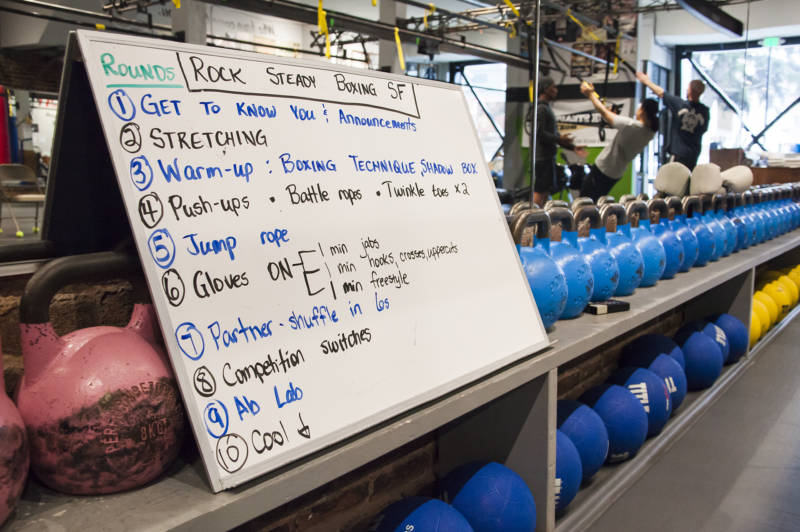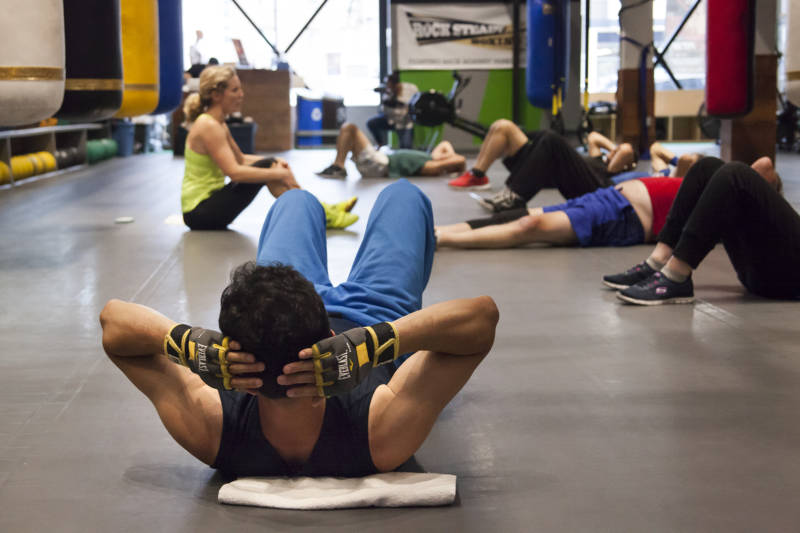With the sound of a bell, the round starts. Eight boxers, lined up along heavy bags, begin throwing punches. Their coach, Kim Voronin, paces back and forth behind the line, calling out new combinations to throw during the three-minute round.
These fighters are part of a class held in San Francisco called Rock Steady Boxing, and they all have one important fact in common. They all suffer from Parkinson’s disease.
From legendary boxers Muhammad Ali and Floyd Patterson to boxing coach Freddie Roach, Parkinson’s disease has been notably tied to the sport of boxing. Now, non-contact boxing is emerging as a useful therapy for the disease.
Rock Steady Boxing is a program developed specifically to help people dealing with Parkinson’s disease combat their symptoms. In a non-contact boxing class, Parkinson’s patients — or fighters as they call themselves — retrain their bodies and minds in an effort to reduce their symptoms and regain some normalcy in their day-to-day lives.
“It’s a typical boxers’ workout,” says Voronin. She even uses the Rock Steady Boxing class structure for her standard intermediate boxing classes.

Outside of boxing, the classes address certain issues specific to Parkinson’s, like voice, posture, gait and balance.

